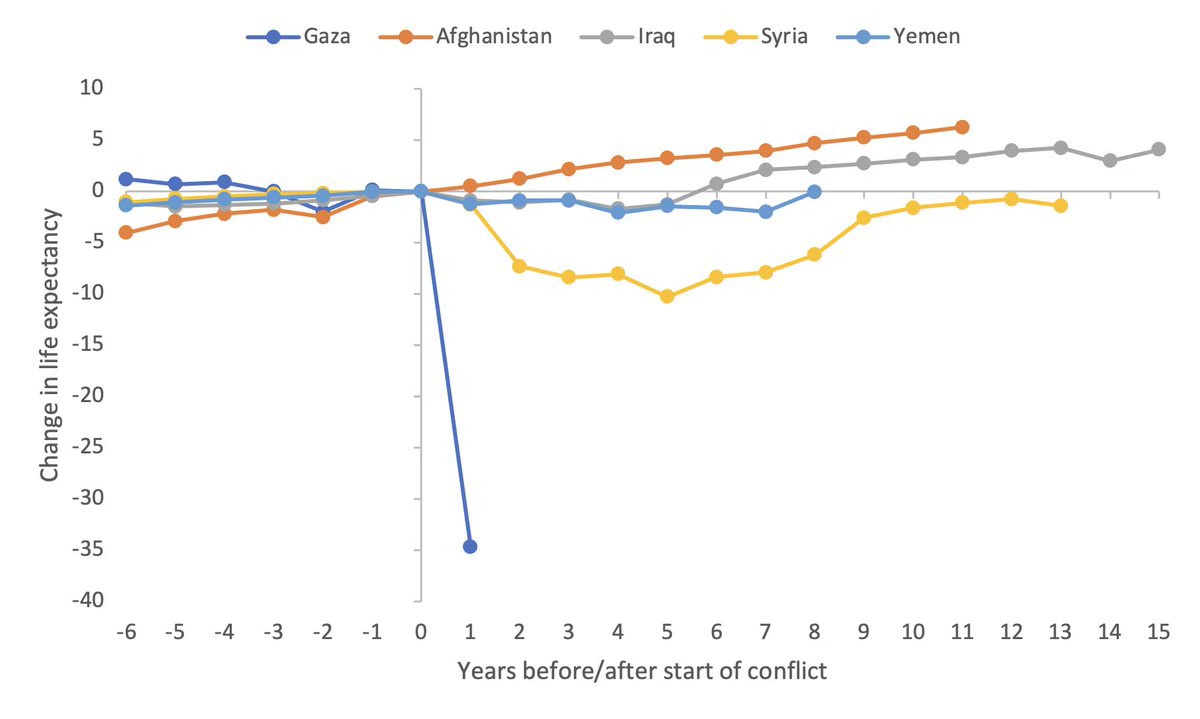Data shows the genocide in Rwanda 31 years ago is the closest comparison to Gaza we have in the modern history of the world.
Life expectancy in Gaza has plummeted at genocidal speed, mirroring the demographic catastrophe of Rwanda and exposing a humanitarian emergency the world cannot ignore.
Before we dive in, I need to ask you to support our work. Major outlets like the NY Times are putting Gaza coverage behind paywalls, but I am committed to keeping everything free. Your subscription keeps the truth accessible. The NY Times has 12 million subscribers; we have 2,300. Every member counts. 👉🏽 Subscribe here



